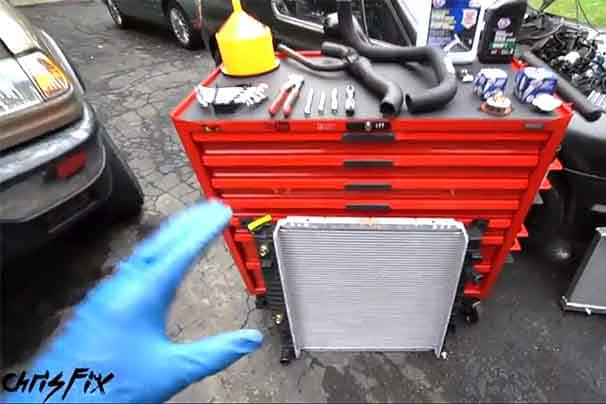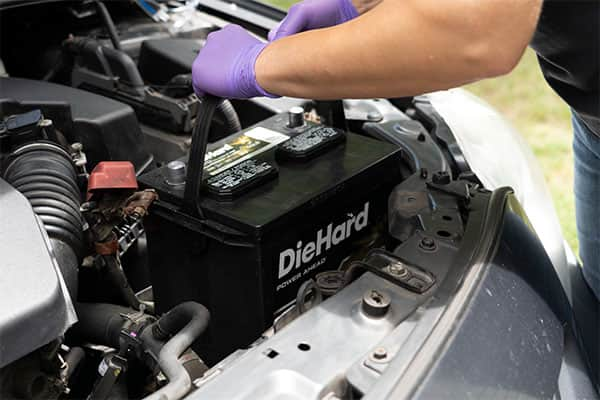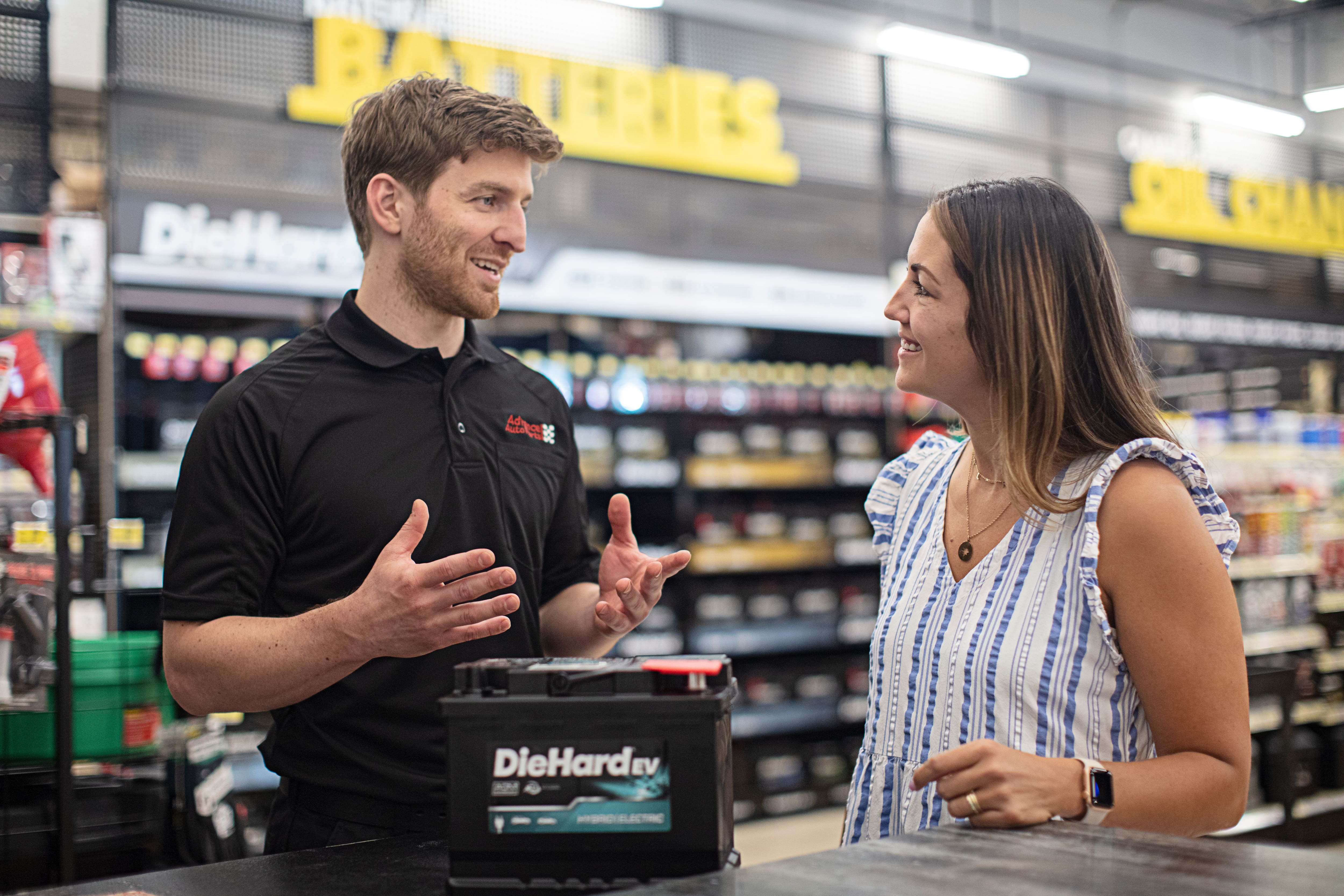Back in the day, a tune-up might have involved adjusting valves, re-jetting the carb, possibly rebuilding the carb or changing the distributor cap and rotor. On a modern car, none of that is necessary — and some of it is impossible. What is a tune-up when the tune-up parts no longer even exist? Here's a look at what will help your modern ride maintain peak performance, safety, economy and reliability.
Why a tune-up?
The cars and trucks of 60 years ago needed a regular tune-up. Everything from ignition points to timing to solid lifters required manual adjustments. Carburetors needed the screws turned a bit, and old-school mechanics could correct ignition timing by listening to the “tune" of the engine as it was running. This all needed to be done at about a 30-35,000-mile interval.
Modern vehicles last longer due to precision machining of the engine parts and the PCM and sensors that precisely control fuel flow, limiting carbon buildup. Go check out the new car lots, and you won't find carburetors, points, cap and rotors — maybe not even spark plug wires.
Today, the tune-up is often sold as a complete service at your local repair shop. They're fast and efficient, but you can do it yourself for less cash in just a few hours, and almost all of it is easy enough for the total beginner. Next time you get told you need a tune-up, roll up your sleeves and get to it.
Scheduled Maintenance
First, remember to follow the maintenance schedule for longest vehicle service life. How often you need a tune-up is determined by your vehicle, engine, use and other factors. Your owner's manual should have recommended service intervals, but if you lost it, a repair manual is a more detailed option. If you just picked up a new-to-you used car with unknown maintenance history, start here.
Before changing out parts, assess your vehicle. Examine the hoses and belts, looking for cracks or other wear indicators. It's a good idea to test the battery at this time, too. Check all the fluids, especially noting if any of them are low or the wrong color. Note that most of the vehicle's fluids — including the transmission, brake system, power steering and differential fluids — all have different service intervals. Since you're already under there changing the oil, knock out one or two other fluid changes at this time if they are due. If you're unsure, the severe service schedule is a safe bet.
Air Filters, Cabin Air Filters, and More
Speaking of filters, have a look at the other side of your engine. Replacing the air filter is incredibly easy for someone with zero mechanical skills and few tools, yet it makes a noticeable difference in preventing damaging particles from reaching the engine's interior. A fresh filter can also restore lost gas mileage and horsepower, too, so it's definitely worth the small cash and time investment. Once you've changed out the engine air filter, swap out the cabin air filter. This isn't part of an actual tune-up procedure, but it's a good reminder to change out this replacement part.
Fuel filters and PCV valves are going away on modern vehicles, but most vehicles still on the road do have these two serviceable items. On vehicles with a serviceable fuel filter, you'll want to replace them every two years or around 30,000 miles. It's an easy job, fuel filters are very affordable, and swapping them out prevents fuel problems. Of course, check your manual to see if your filter needs servicing. PCV valves are another incredibly cheap item that helps your engine operate properly and can be anywhere from a 1 minute to 1 hour job to replace.
Spark Plugs & Wires
Spark plugs in modern rides last a long time, thanks to better materials than decades ago. But they still wear out eventually due to their design and extreme operating environment. Carbon buildup reduces efficiency until they no longer work; other times, the electrode wears down or the internal components simply wear out. Again, this is a reminder to check your owner's manual for maintenance intervals or spring for the repair manual.
Swapping spark plugs can be incredibly easy, like in a Honda Civic's 1.6L or a Nissan Altima's 2.5L. It's quite another story with a Subaru boxer four or the Ferrari flat-12 found in the Testarossa. It can also be a little difficult on the back side of a transverse V6, such as a Dodge Caravan. When spark plugs wear out, you'll be looking at reduced gas mileage, increased emissions, failed emissions tests, reduced engine power and a check engine light. Still, at just a few bucks each, spark plugs are affordable to replace and will last you for years.
Two quick reminders when changing spark plugs. One, never downgrade materials. It's okay to move from copper to platinum or iridium spark plugs, but don't downgrade. Second, when the plugs are due to be changed, the spark plug wires and ignition coil boots are also due for a change if equipped on your vehicle. You're already in there, so you might as well save some time and potential headaches by swapping out all the serviceable ignition systems for new items.
Clean the Throttle Body
Here's an easy one for just a few dollars. The throttle body gets dirty because the previous owner didn't change the air filter on time, or the PCV system allowed excess oil back into the intake system, coating the throttle body over time. This could cause poor engine performance, vibration, surging or a check engine light. Quickly restore it to new condition with a throttle body spray cleaner. Follow your repair manual here, but it's usually as easy as spraying the throttle body, allowing it to soak and degrease and waiting until it dries before reassembling.
Fuel-System Cleaners
Sure, filling up at the gas station gets you some fuel-system cleaners in the gas mix, but it's only the minimum amount of detergents required by law. Hitting your fuel system with a concentrated dose every now and then will clean out stubborn deposits, reducing emissions and hot spots. Yes, fuel system treatments do work. Hugely popular YouTube mechanic ChrisFix showed the results, running a camera into the engine before and after Sea Foam. You can go with whatever brand you like, but follow the directions on the bottle.
Oil Changes and Oil Filters
This most basic engine maintenance may not be what comes to mind when you hear "tune-up", but it is an important first step. We've explained before why you need regular oil changes and a beginner-friendly how to perform an oil change. Summarized, oil is the lifeblood of an engine and is a good indicator of long-term engine health. Oil changes reduce engine wear and heat, leading to prolonged engine life. Spending a few bucks now and then will prevent major engine damage and expenses down the road. When changing the oil, take an extra few minutes to swap out the oil filter for a high-quality unit.
Today's engines are designed around certain grades and viscosities of motor oil for protection against wear, sludge buildup and carbon. In many cases, manufacturers specify a lighter viscosity oil (sometimes as light as 5W-20 or even 0W-20) for lower friction and enhanced fuel economy, along with specific additive packages of detergents and friction modifiers. Lighter-weight oils also have the advantage of being able to make it to the engine's upper end quickly after startup.
Manufacturer specs also require synthetic oil for better protection and less chance of sludge buildup from the paraffin in conventional oil. It's really important to use OEM-spec motor oil and not just the oil you feel like using or are used to. Doing otherwise can cause engine wear in the long term and can void your car's warranty. And, yes, full-synthetic oil is more expensive, but that's offset by a longer (5,000-15,000 mile) oil-change interval, depending on the engine and driving conditions.
Check the Tires
Here's one that is totally free if you have some basic tools. Examine your tires for any debris caught in the tread, punctures caused by nails or screws and the tread depth. Be especially watchful for any signs of uneven tire wear on the inside or outside edge, which can indicate alignment issues. Run a hand lightly along the tread face to feel for a "sawtooth" or "feathered" wear pattern.
Use an air pressure gauge to verify the air pressure is correct for each tire and inflate any that are low. Then it's time to rotate the tires, which reduces uneven tire wear. This has multiple benefits, including extended tire life, fuel savings and maintaining the factory ride rather than a loud, bumpy ride. An alignment isn't really a tune-up service, but maintaining proper wheel alignment will result in a safer, better handling vehicle, and can save fuel. While rotating your tires, check for unusual tire wear. If you notice anything weird, take your vehicle in for an alignment check.
Anything else you would recommend for a modern tune up? Sound off in the comments below to let others know how you keep your ride reliable.











